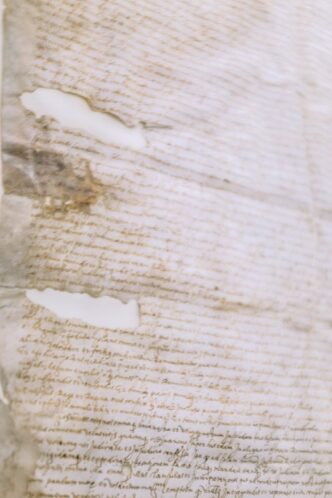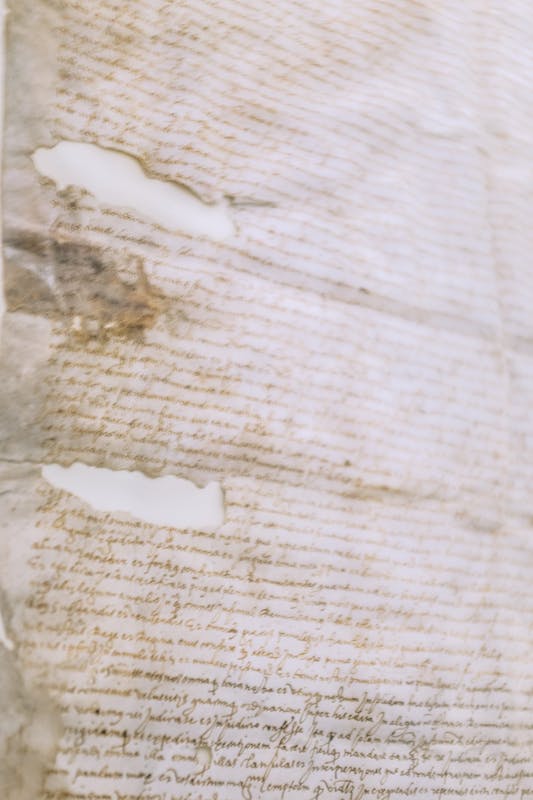Ancient Mathematical Treasures Unearthed in Dutch University
In an unprecedented discovery, lost manuscripts written by the renowned Greek mathematician Apollonius of Perga have been unearthed at Leiden University Libraries in the Netherlands. The ancient finds, which have been hidden in the vast collection of the university for centuries, are set to shed new light on the work of one of the most influential figures in the realm of mathematics.
Apollonius, often referred to as ‘The Great Geometer’, was a Hellenistic mathematician known for his work in geometry, particularly the theory of conic sections. While much of his work has been lost to antiquity, the recently discovered manuscripts promise to fill in gaps in our understanding of his mathematical theories and techniques.
The unearthing of these manuscripts represents a significant contribution to not only the history of mathematics but also to our understanding of ancient Greek culture and science. The precise implications of the discovery are yet to be fully understood, with scholars and mathematicians globally awaiting the opportunity to study the manuscripts in depth.
Unearthing Hidden Knowledge
The manuscripts were discovered during a cataloguing project by the library staff at Leiden University. The university, one of the oldest in the Netherlands, has an extensive collection of ancient manuscripts, many of which were donated by scholars and collectors over the centuries. However, due to the sheer volume of the collection, not all items have been fully catalogued and studied.
The discovered manuscripts are believed to have been part of a larger collection donated to the university in the late 16th century by Dutch scholar and collector Janus Dousa. However, until now, the significance of these specific manuscripts was overlooked. Once the staff realised the potential importance of the find, they immediately contacted experts in ancient Greek mathematics for further analysis.
Apollonius of Perga: The Great Geometer
Apollonius of Perga, who lived in the 3rd century BC, is considered one of the greatest mathematicians of antiquity. His most famous work, ‘Conics’, is a comprehensive treatise on the properties of conic sections, which include the curve forms of circles, ellipses, parabolas, and hyperbolas. His work has had a profound influence on the development of geometry and has been studied by mathematicians throughout history.
Despite his significant contributions to mathematics, much of Apollonius’ work has been lost over time. The surviving parts of his work have been preserved through translations and citations in the works of other mathematicians. The discovery of these manuscripts could provide a more direct insight into his mathematical thinking and methods.
Implications of the Discovery
The find has been welcomed by scholars and mathematicians globally. Professor Maria Dzielska, a historian of ancient science at the University of Warsaw, stated, “This is a momentous discovery that has the potential to significantly enhance our understanding of ancient Greek mathematics. We look forward to studying these manuscripts and unlocking the secrets they hold.”
The university plans to digitise the manuscripts to make them accessible to researchers worldwide. In addition, plans are underway to organise a symposium where scholars can share their insights and interpretations of the manuscripts.
The discovery of these manuscripts represents a significant advancement in the study of ancient Greek mathematics. It serves as a reminder of the hidden treasures that may still lie undiscovered in the vast collections of universities, libraries, and museums around the world. As scholars and mathematicians begin to decipher the works, the world will be eagerly waiting to learn more about Apollonius of Perga and his contributions to the field of mathematics.















